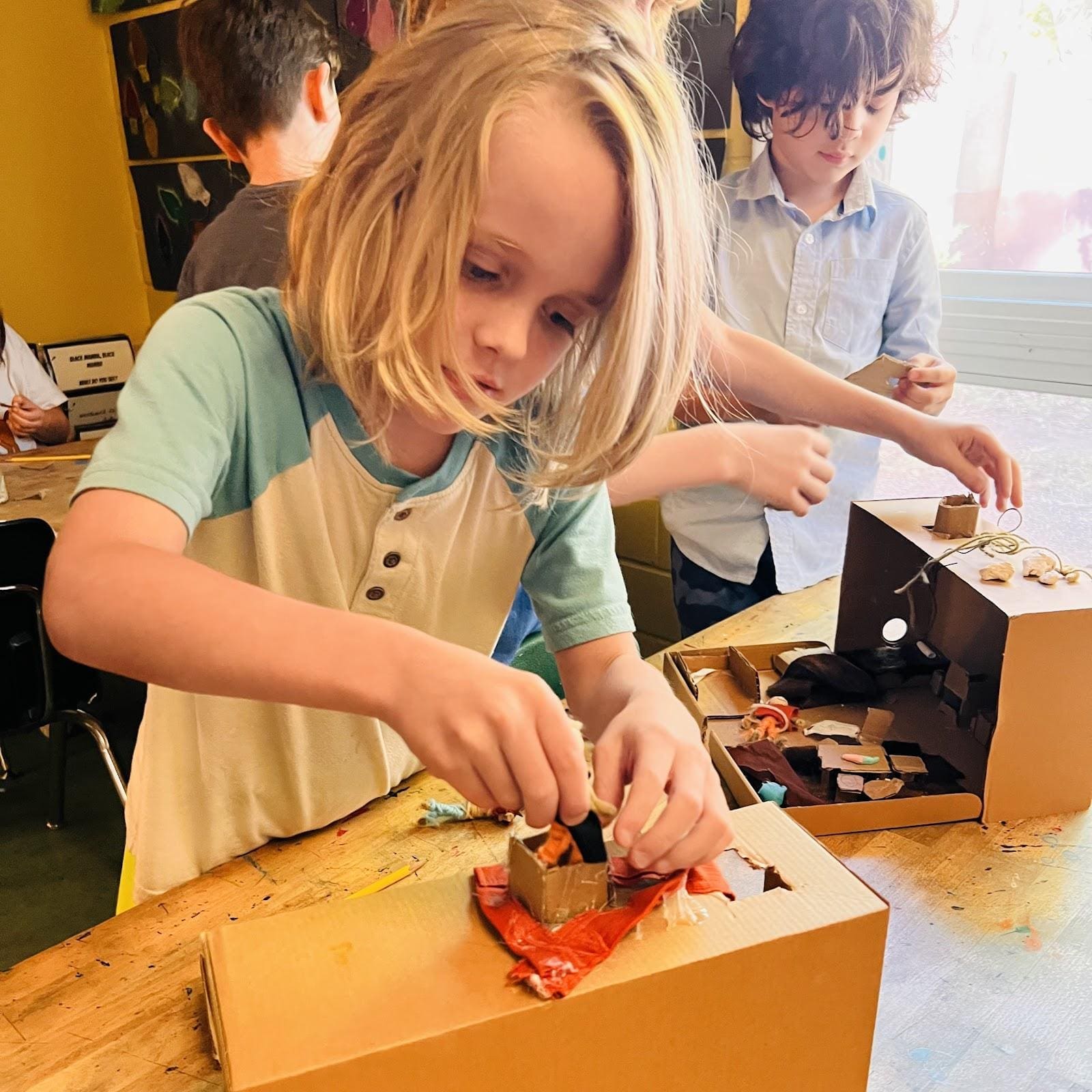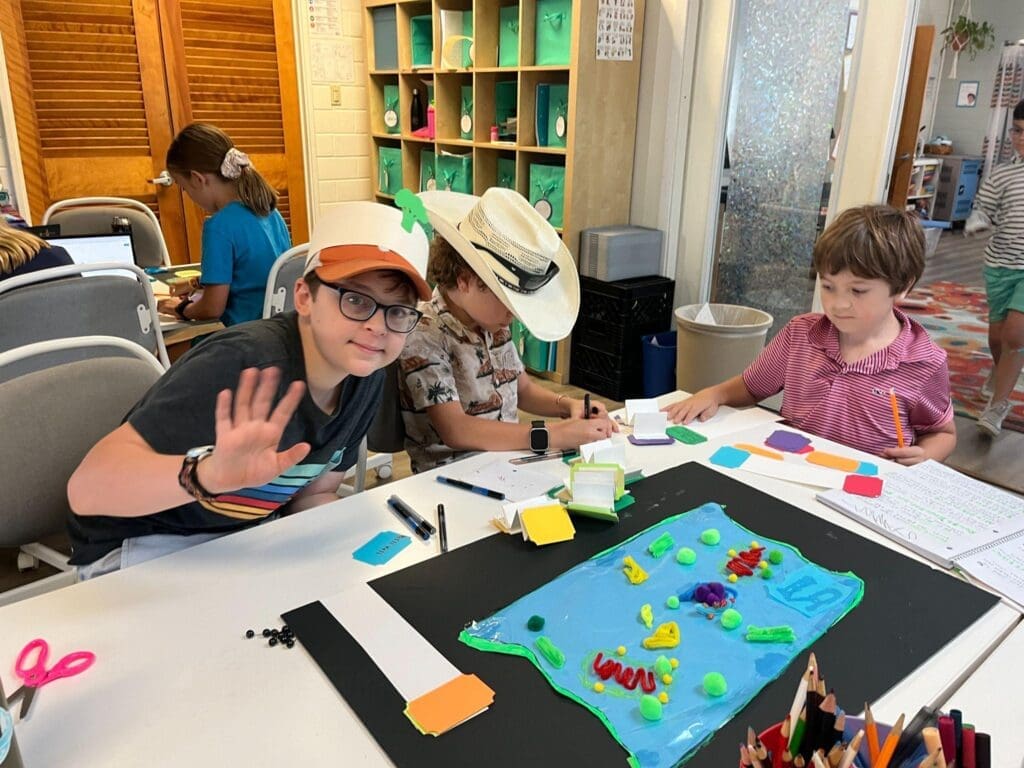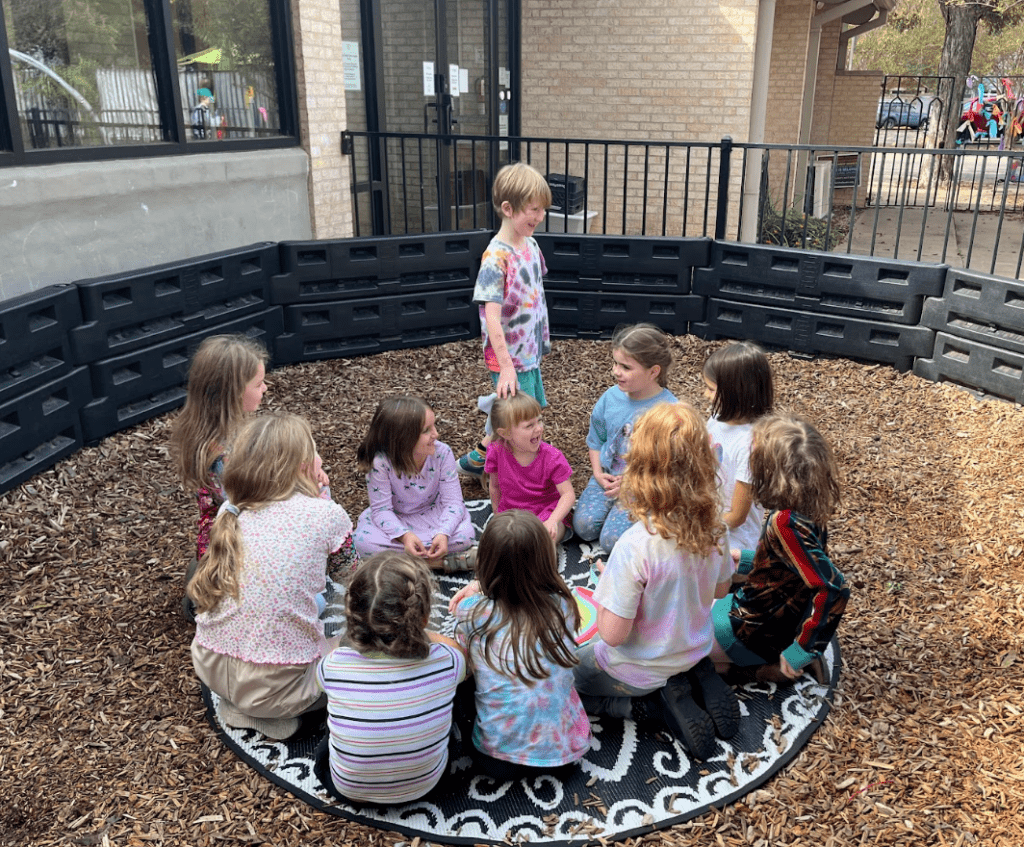Math –
Ms. Andrea’s math group wrapped up Unit 3 by reviewing subtraction strategies and solving story problems with an unknown number at the beginning. Unit 4, More Addition and Subtraction, starts Monday! We will be doing LOTS of vertical math with regrouping!
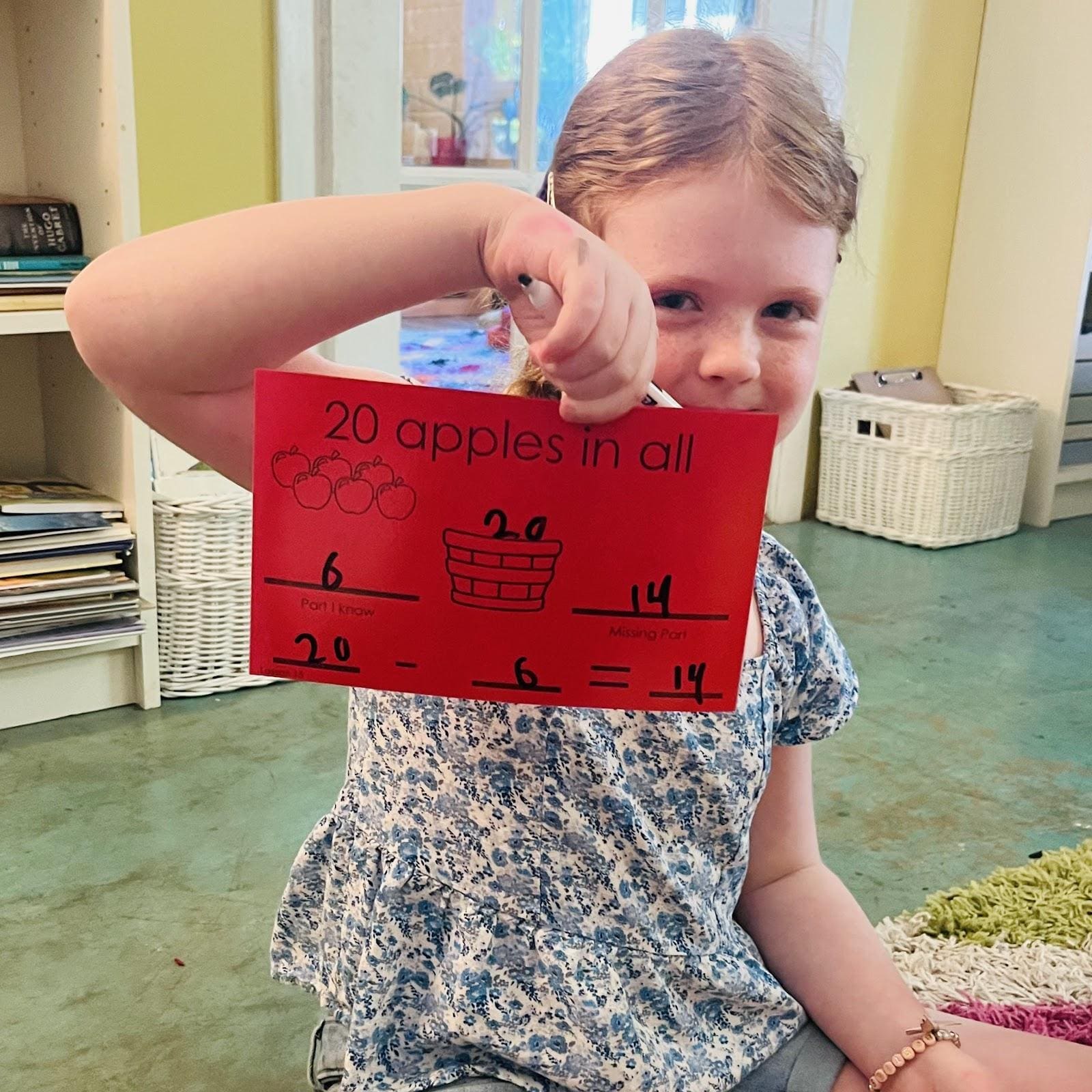
| 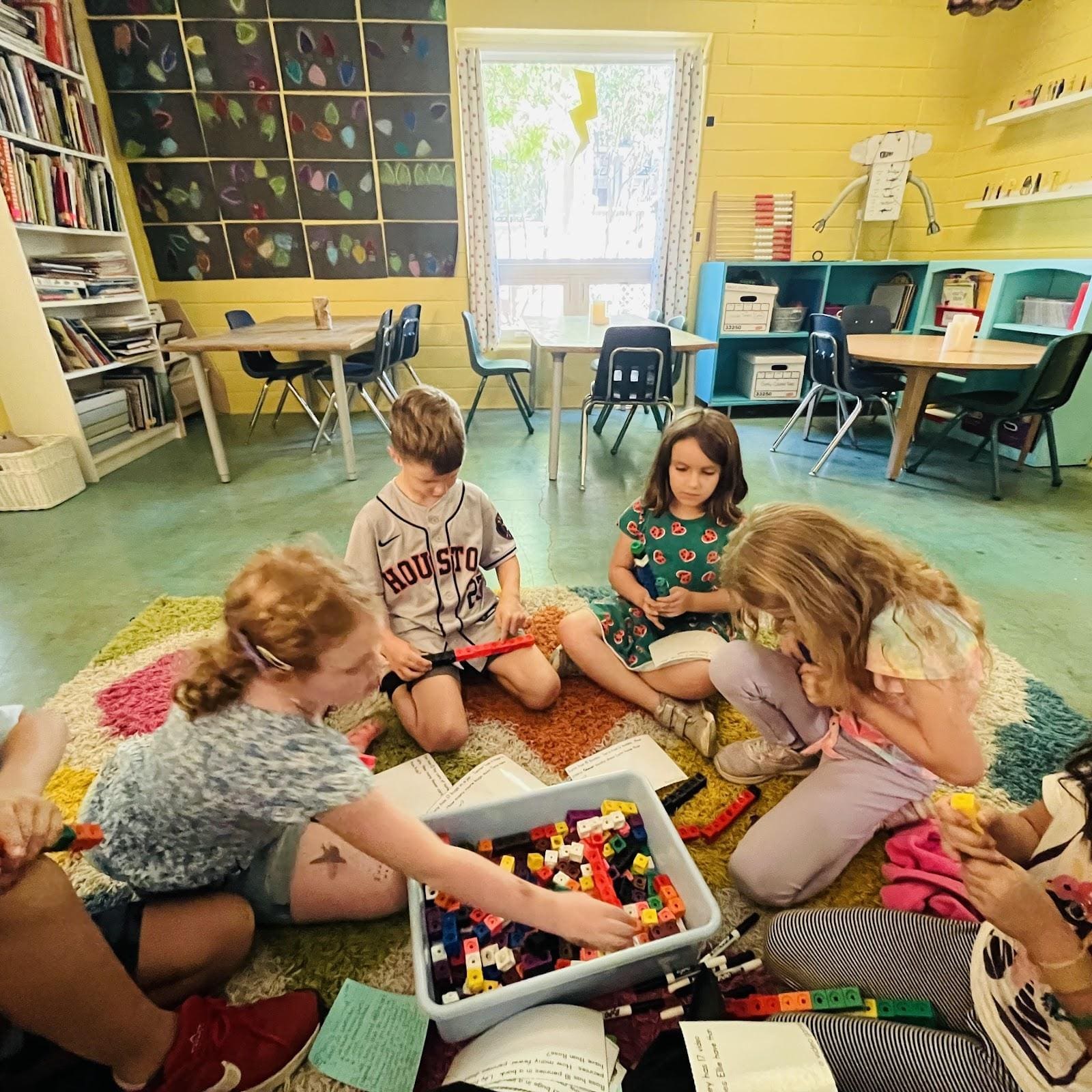
| 
|
|---|
Ms. Kelly’s math group jumped into our new unit- Multiplication and Division! We began with a discussion about what multiplication actually is. It’s repeated addition! When we see the equation 3×5 we can read it as “3 groups of 5” or 5+5+5. This week the kids modeled how to read a multiplication equation and write it as a repeated addition equation and created models of equal groups. Many found these visuals much easier to grasp the concept of multiplication. We also explored two properties of multiplication- the identity and zero properties. The identity property states that any number multiplied by one will always result in the original number. Zero property states that when a number is multiplied by zero, the answer is also zero. It does not matter what that number is. The kiddos partnered up to “turn and talk”, explaining in their own words what each property does before working independently. At the end of the week, after reviewing the multiplication strategies we have learned so far, we learned yet another strategy- arrays. Arrays allow students to “see” multiplication as repeated addition by counting the objects within rows and columns. We are off to a great start!
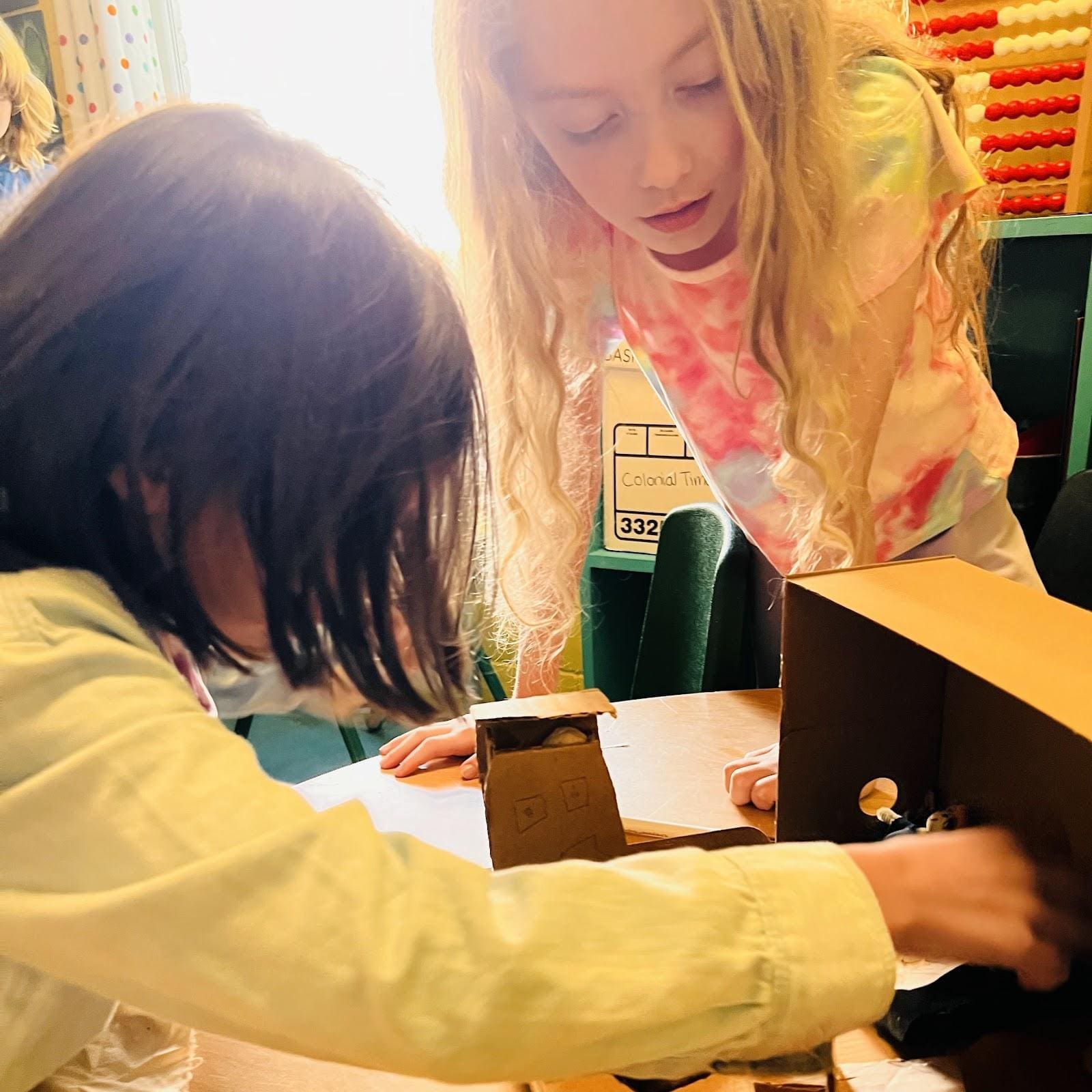
| 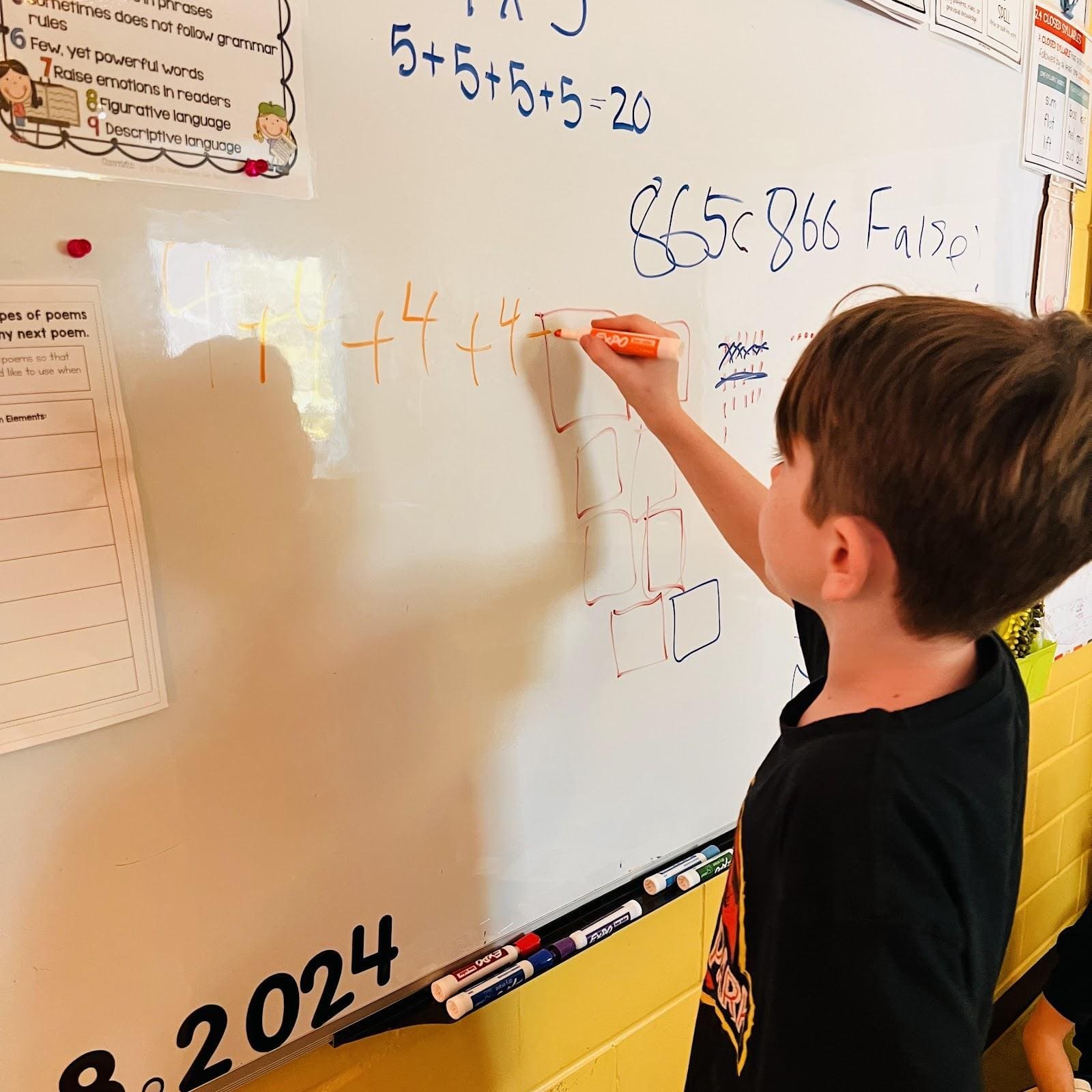
| 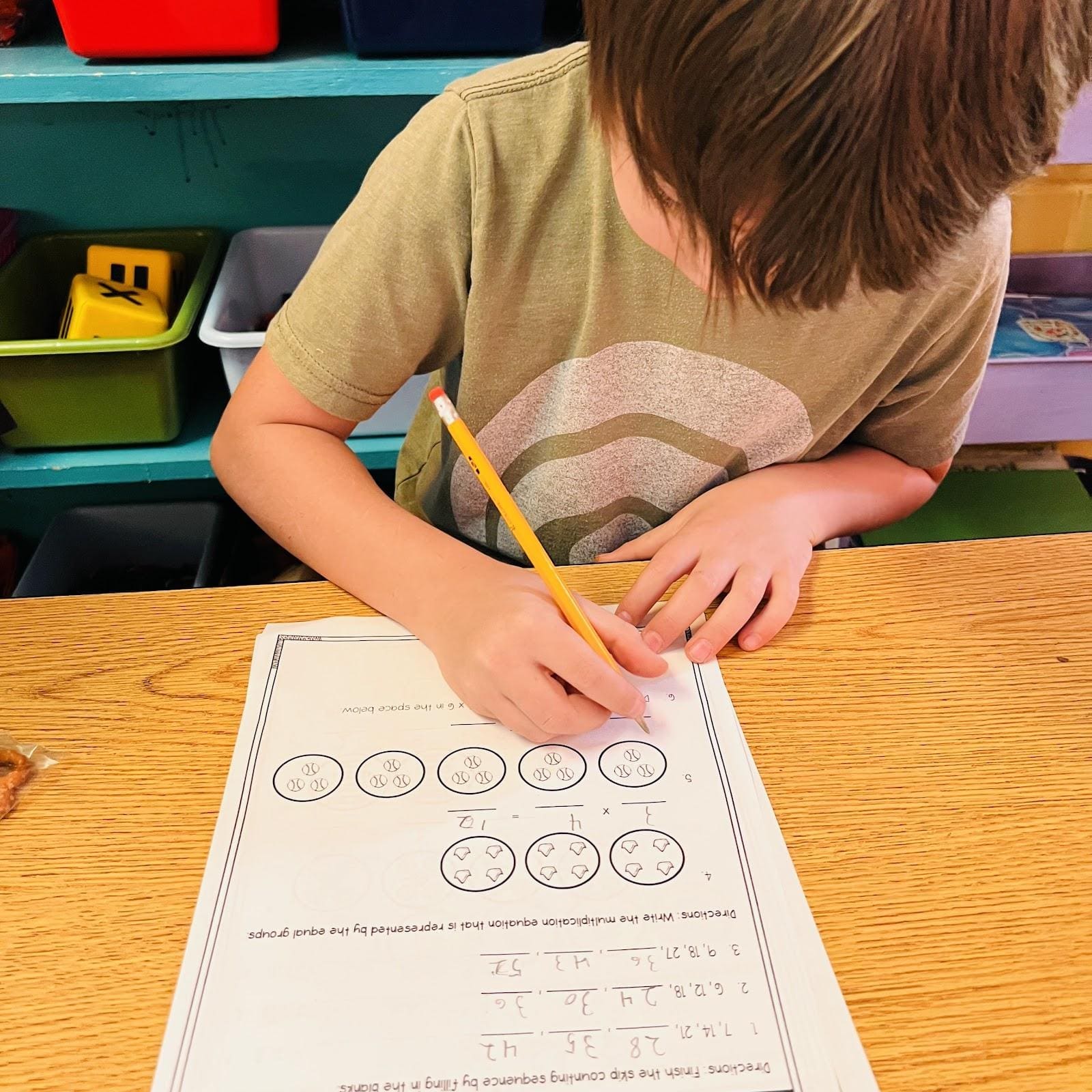
|
|---|
Reading –
Why are book clubs important? Book clubs:
- Deepen readers’ appreciation and understanding of a common text
- Extend students’ thinking as they process and interpret the perspectives and opinions of their peers
- Expand students’ ability to express their ideas orally using academic language
- Provide an authentic context for applying norms for listening and speaking.
We are seeing so much growth in these kiddos every day as they initiate the discussions, respond to others in the group, and add to each other’s ideas using evidence from the text or personal experiences to build a rich understanding!
Ms. Kelly’s spelling crew began the week working on open and closed syllables and used our knowledge of each to help us divide complex multisyllabic words into manageable chunks in order to read them successfully. We learned that we often have to be flexible in where to divide a word, and if we try one way and the word doesn’t sound right, try another. After we have spent time learning and understanding the rules for open and closed syllables we found out that there are closed syllable exceptions! Oh, the English language is complicated! We used our “computers” (velcro letters in a file folder with a space to make words!) to create word chains using some of these exceptions,
Ms. Andrea’s spelling group reviewed closed syllables. We call syllables “closed” when they contain a short vowel sound followed by a consonant. Our spelling words are definitely getting trickier – this week had lots of double consonant words thrown into the mix.
We also practiced answering questions in complete sentences. We learned to “spin” the words of a question in order to reuse them in our answer. Our book club responses are already benefiting from these lessons!
 |  | 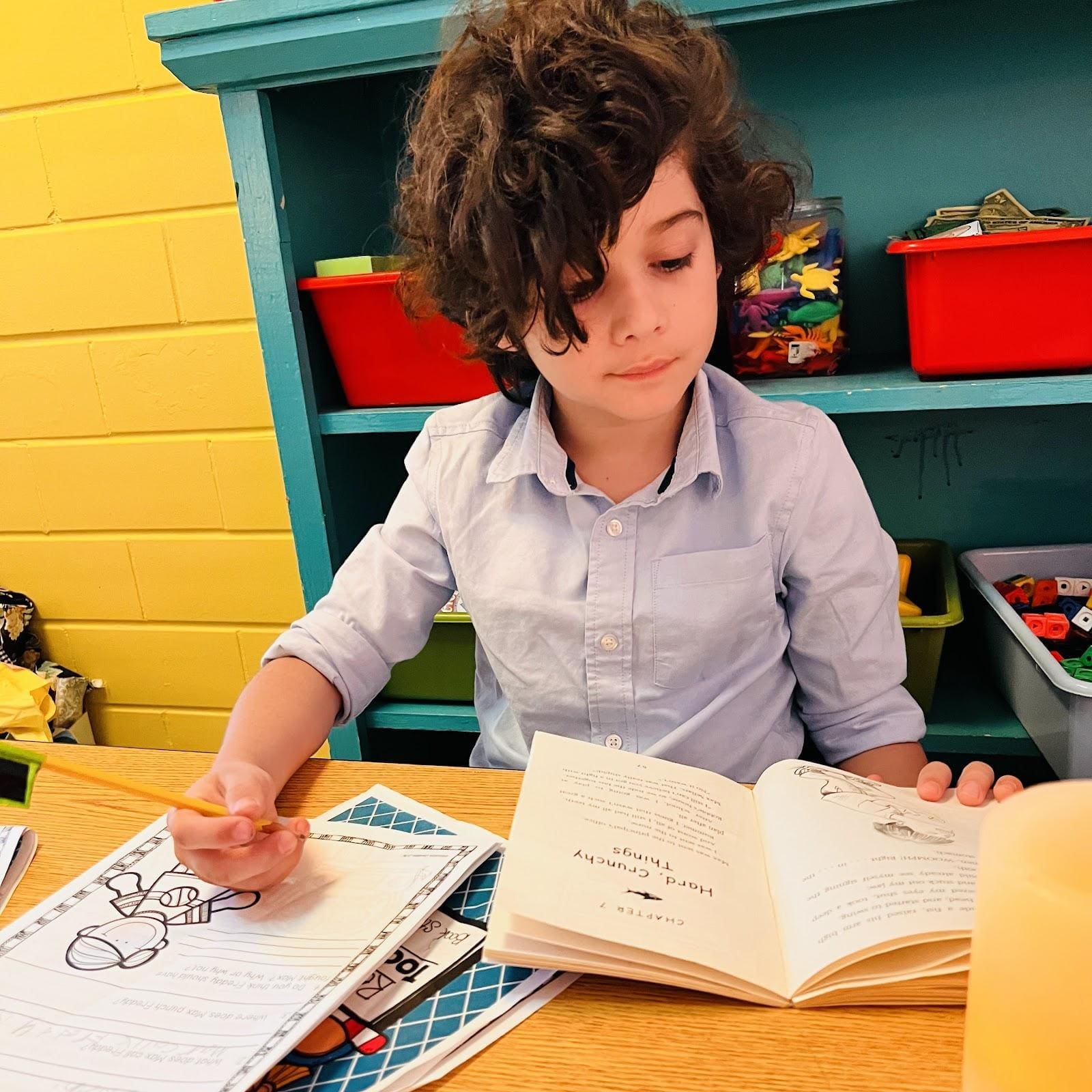 |
|---|---|---|
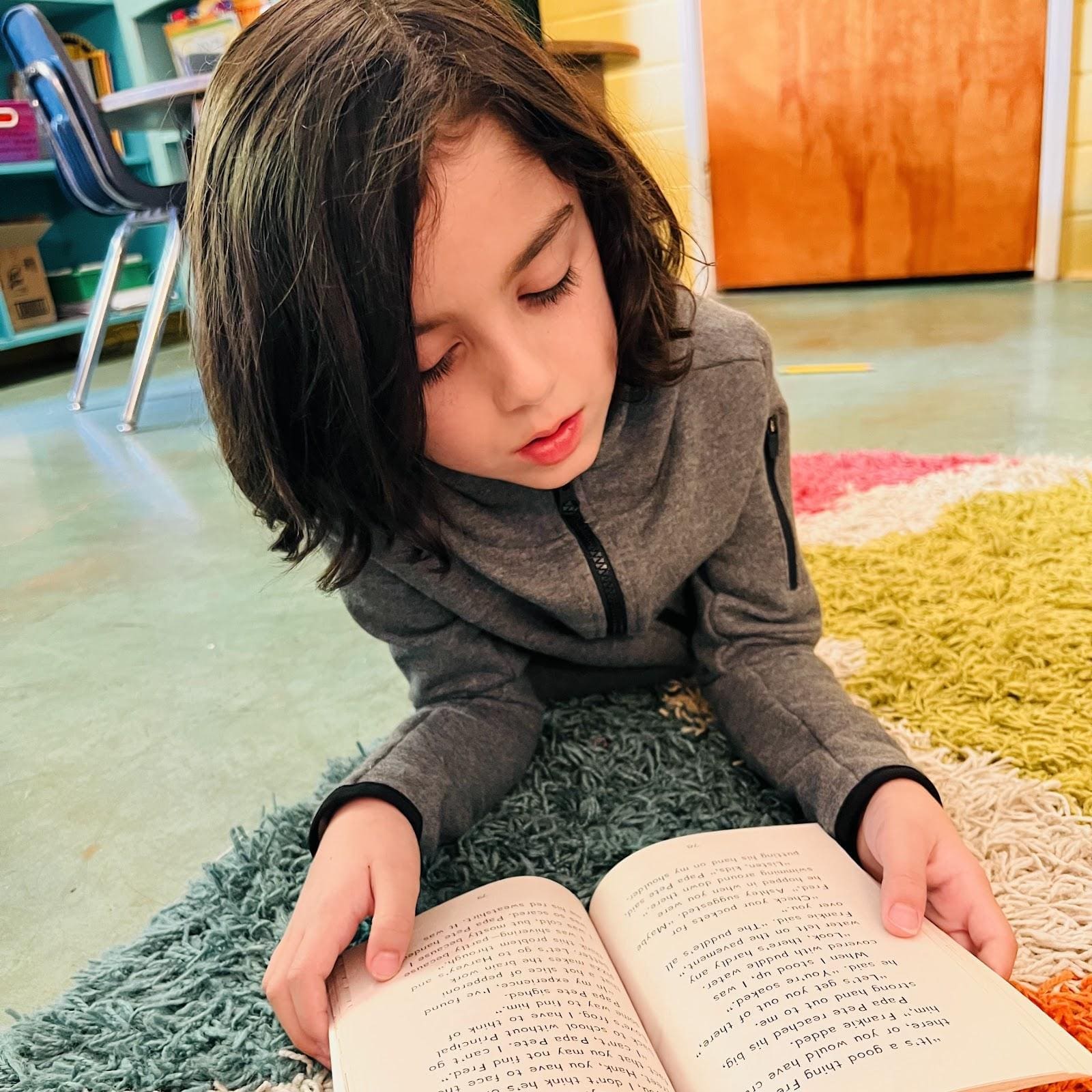 |
Writing –
The Betas expanded their study of poetry by learning about two new types this week: cinquain and alliteration. A cinquain poem consists of 5 lines written in a specific format, dictating the use of a noun, adjective and verb, as well as the number of words per line. We got a little silly writing our alliteration poems, but that’s part of the fun. We also had a couple of students bring in poetry they’ve written to share with the class – it’s been lovely. The Betas are getting passionate about poetry!
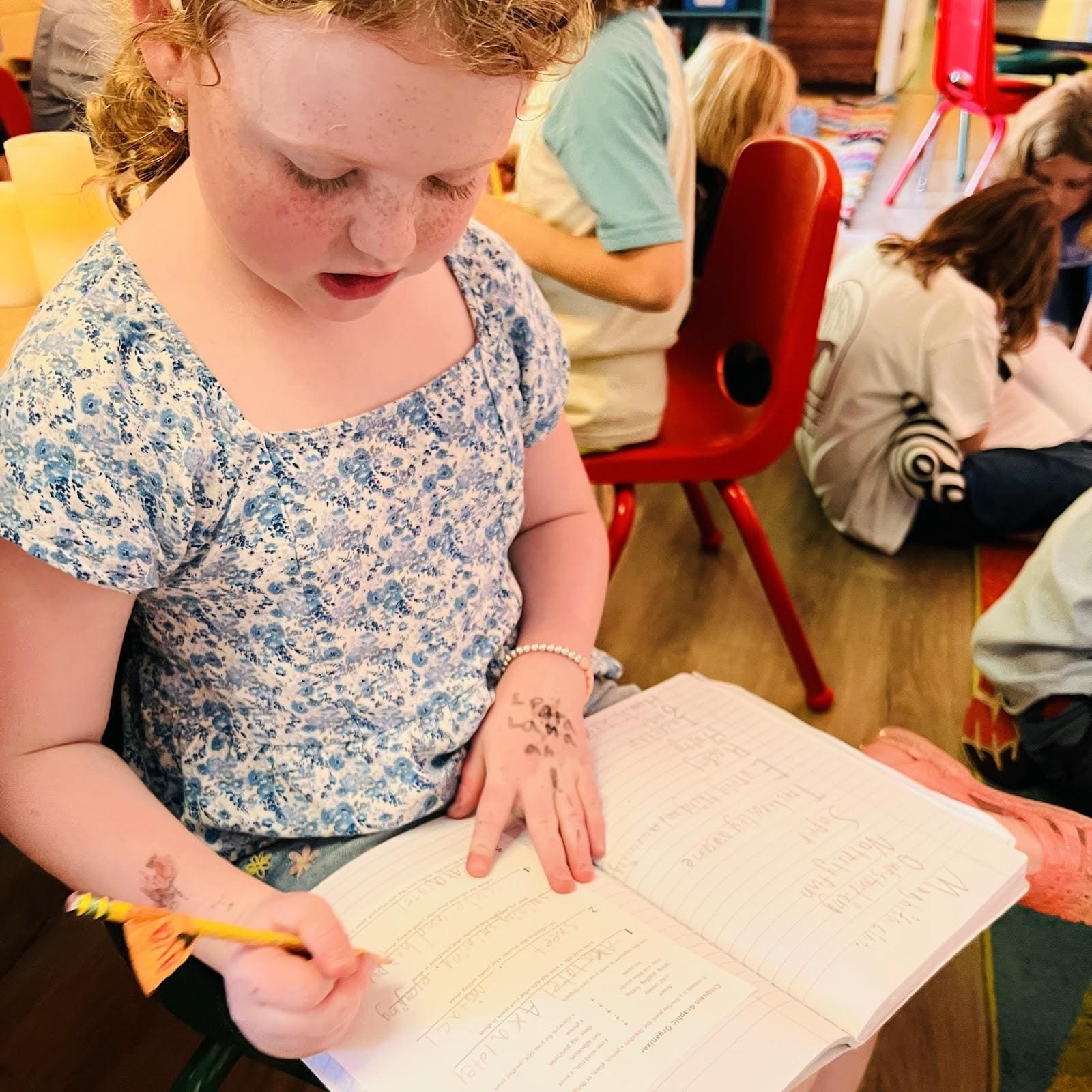 | 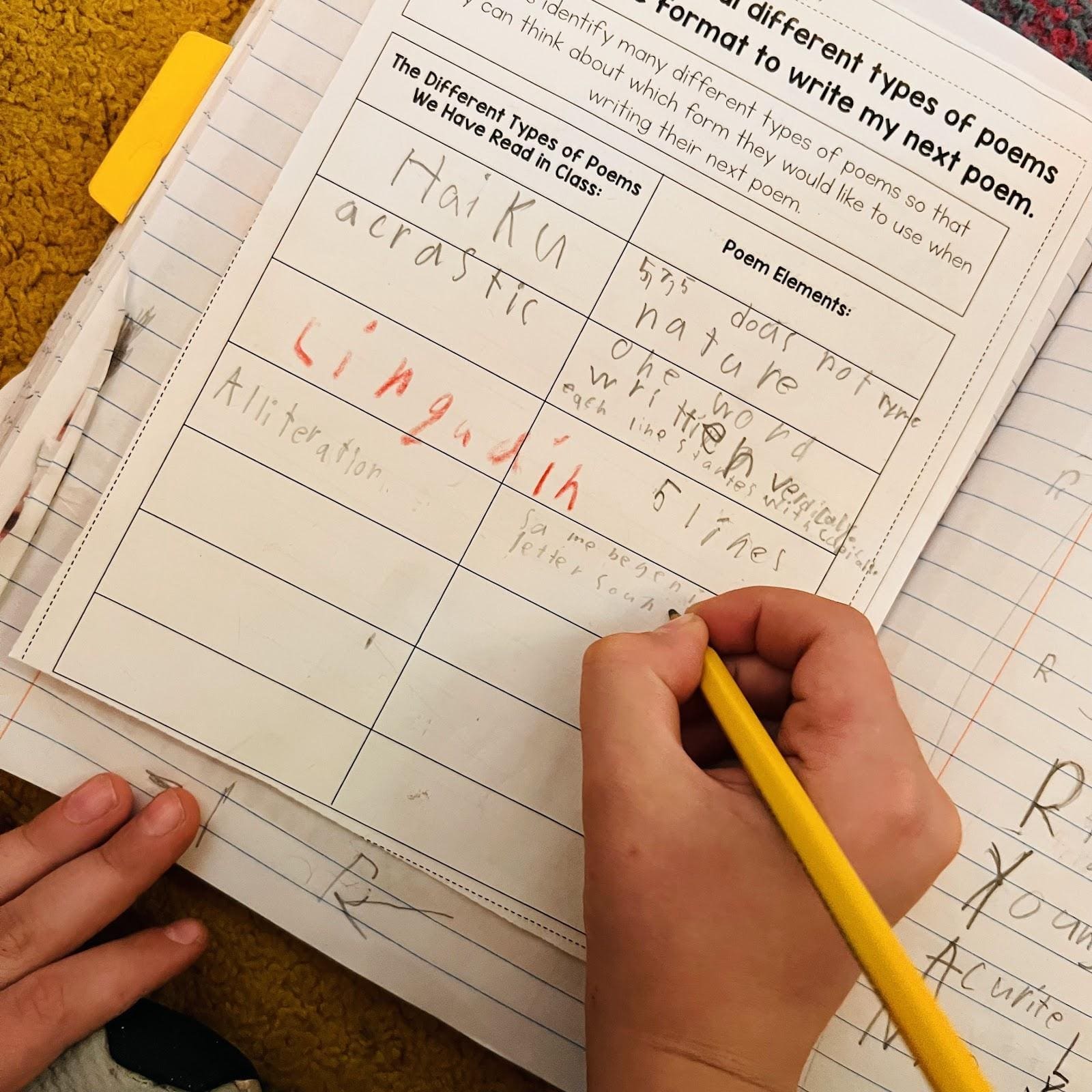 |
|---|
Theme –
In theme we jumped ahead 10 years to 1620, when the pilgrims arrived in Plymouth, Massachusetts. The Pilgrims traveled to America in search of a new way of life. Many of the Pilgrims were part of a religious group called Separatists. They were called this because they wanted to “separate” from the Church of England and worship God in their own way. They were not allowed to do this in England where they were persecuted and sometimes put in jail for their beliefs. Other Pilgrims were hoping to find adventure or a better life in the New World.
We learned about the Mayflower Compact. The Mayflower Compact is a document that the passengers on the English ship Mayflower signed. The passengers were sailing to North America to set up an English colony. They signed the Mayflower Compact on November 21, 1620, before they landed at Plymouth, Massachusetts. The signers pledged to form a government for the colony and to follow the laws that the government set. The Mayflower Compact was the first document to include the principles of self-government in the land that would become the United States.
We discussed why the pilgrims felt the need to have rules in place, and why rules in general are important and we wrote and shared another entry in our Colonial journals, with many kids referencing the need for rules in their colony.
We explored the lives of colonial children. Colonial children mostly worked hard alongside their families on farms, doing chores like gathering eggs, carrying water, husking corn, and tending to animals, as most children didn’t attend school and learned by helping their parents with daily tasks; girls learned household chores like cooking and sewing while boys helped with farm work, and most children were expected to contribute to the family’s survival from a young age; playtime often included simple games like tag, marbles, and stickball.
Most children received only a few years of formal education, with rural districts comprising the majority of schools. These rural schoolhouses, often one-room structures, operated with teachers who had minimal training, and students of various ages shared classrooms, relying on rote memorization. We compared schools in the colonial times to AHB, and it was unanimous- AHB is far superior! ;)
Even though colonial kids worked very hard to help their families survive, there was some time for play. Ring Taw, or marbles, was very popular. Today we rolled out our 13 smaller clay marbles and one taw (the bigger marble you shoot with). Some children decided to pizzazz their clay marbles with some dye, others left them plain. They will dry over the weekend and next week we will learn how to play!
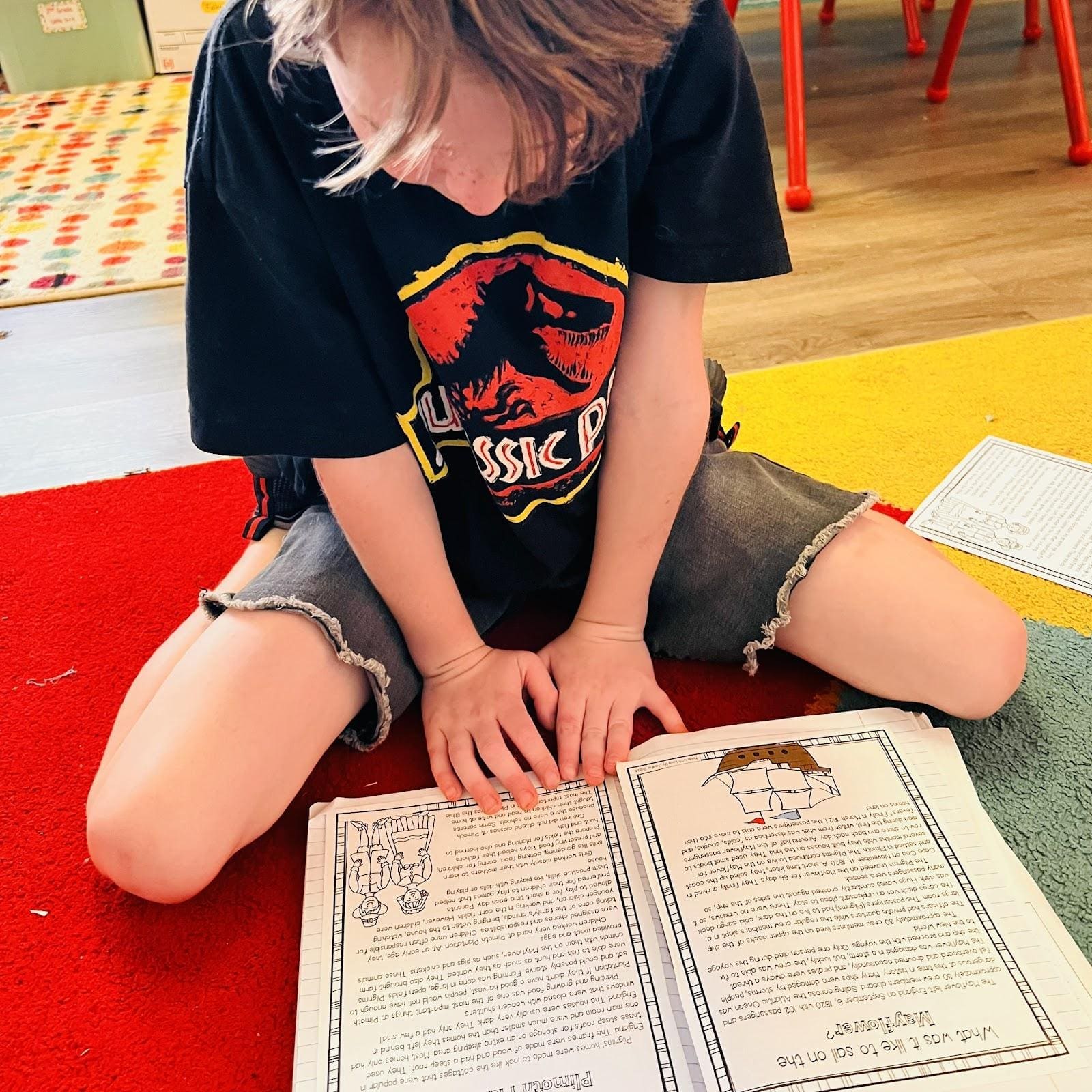 |
| 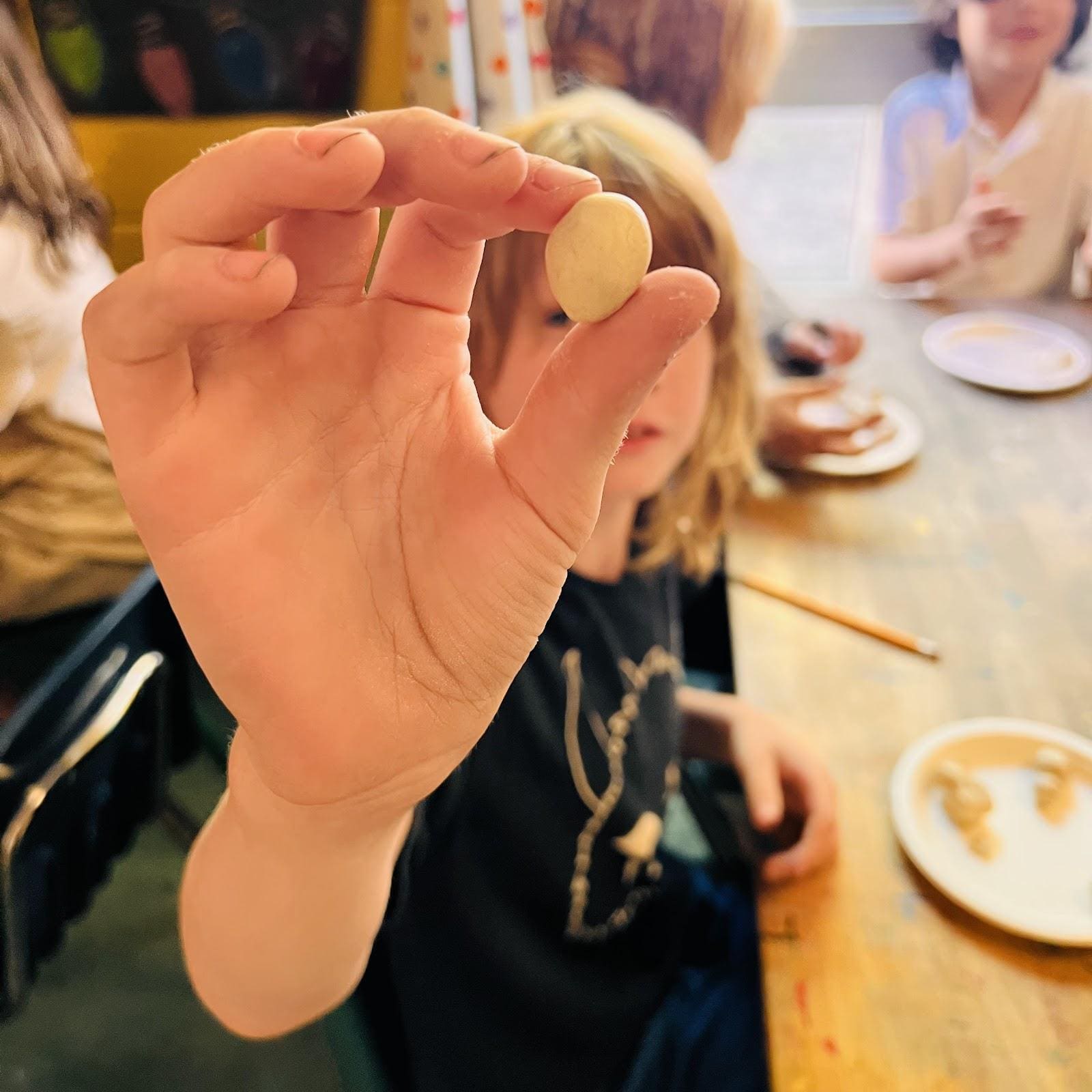 |
|---|---|---|
 |

